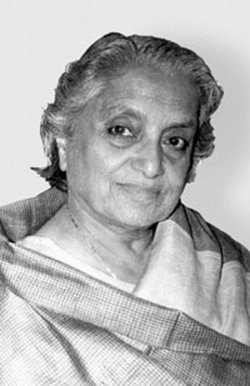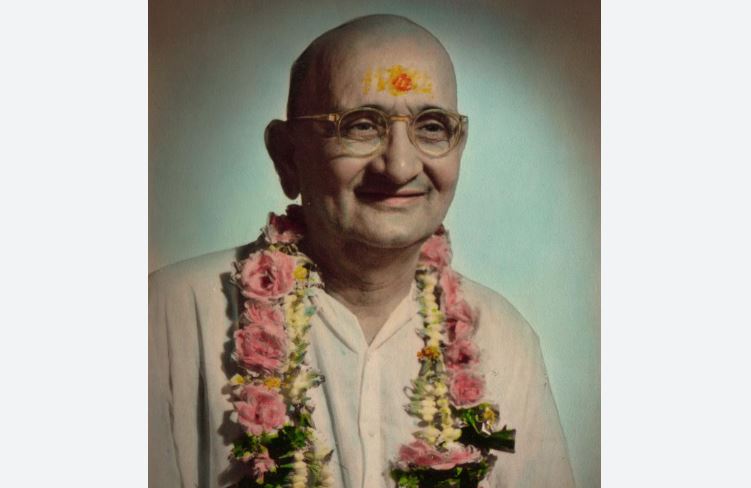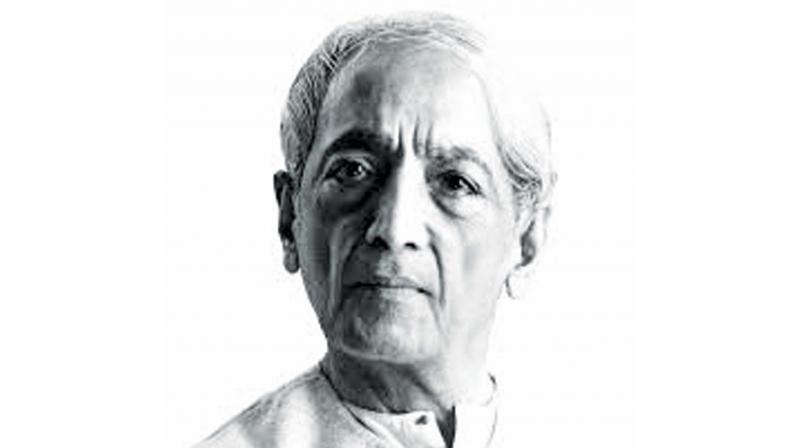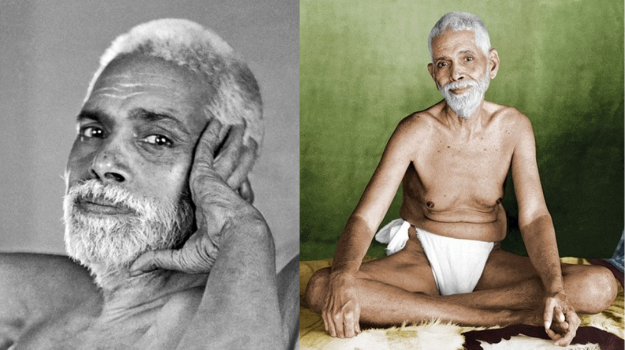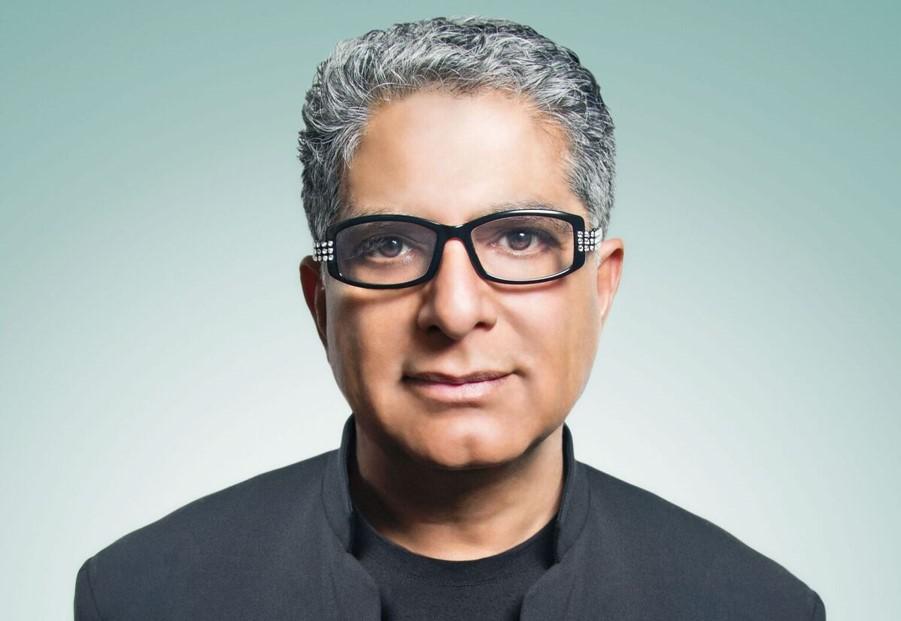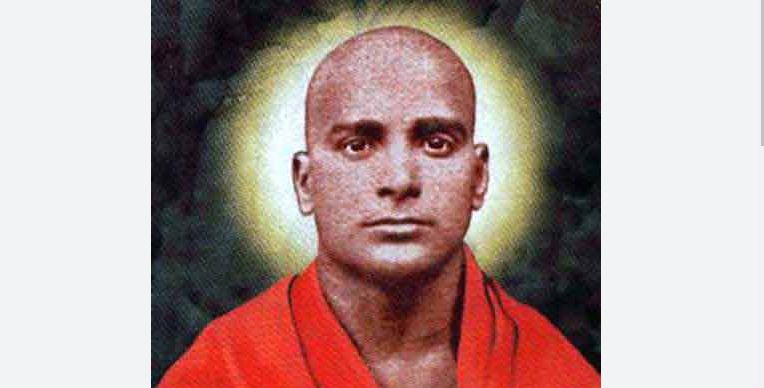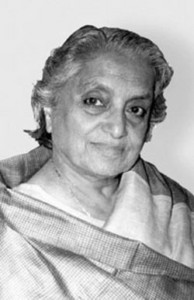
Traditionally, there have been two separate approaches (to solving problems). One approach takes us toward the social, the economic, the political problems, and says, “Look here, unless the economic and political problems are solved, there will be no happiness and no peace, there will be no end to suffering. It is the responsibility of every individual to engage in solving these problems according to some ideology.
“Turning toward the inner life, the imbalances and impurities of the inner life, that is not so important, that can be taken care of later on, for it is a self-centred, egoistic activity. But the responsibility is toward the society, toward the human race, so keep aside all those problems of meditation and silence, inner sophistication, transformation for inner revolution—keep all that aside. First turn toward this.”
And the other approach says, “The political and economic problems cannot be solved unless the individual is transformed totally. Be concerned with your psychological mutation, the inner, radical revolution. The political, the economic, the social problems can wait.”
People have generally followed one or the other of these two conventional approaches: religious groups concerned with inner growth and inner revolution, and social activist groups concerned with social service. Traditionally we have created boundaries, and exploration beyond our home territories has been only superficial. The social activists have staked out their territory, the outer life—the socioeconomic, political structures—and the spiritual people have staked out theirs.
The two groups, throughout history, have been contemptuous of each other. The social activists consider the spiritual inquirers to be self-indulgent, and the inquirers consider the activists to be caught in a race of activity, denying the essence of living. Traditional spiritual leaders have divided life into worldly and spiritual, and have insisted that the world is an illusion.
They said, “This world is Maya, is an illusion. So whatever action you take should be in relation to the absolute truth and not in relation to maya.” Thus a religious person sitting in meditation for ten hours a day need not mind the tyranny or the exploitation or the cruelties surrounding him. He would say, “That’s not my responsibility. It’s God’s responsibility. God has created the world.”
A new challenge awaits us now. In this era, to become a spiritual inquirer without social consciousness is a luxury that we can ill afford, and to be a social activist without a scientific understanding of the inner workings of the mind is the worst folly. Neither approach in isolation has had any significant success.
A holistic approach is recognition of the homogeneity and wholeness of life. Life is not fragmented; it is not divided. It cannot be divided into spiritual and material, individual and collective. We cannot create compartments in life—political, economic, social, and environmental. Whatever we do or don’t do affects and touches the wholeness, the homogeneity.
We are forever organically related to wholeness. We are wholeness, and we move in wholeness. The awareness of oneness refuses to recognize separateness. So the holistic approach de-recognizes all the fragmentation in the name of religion or spirituality, all the compartmentalization in the name of social sciences, all the division in the name of politics, all the separation in the name of ideologies. When we understand the truth, we won’t cling to the false. As soon as we recognize the false as the false, we no longer give any value to it.
Excerpted from Spirituality and Social Action: A Holistic Approach. The 97th birth anniversary of Vimala Thakkar was observed on April 15.
Vimala Thakkar

